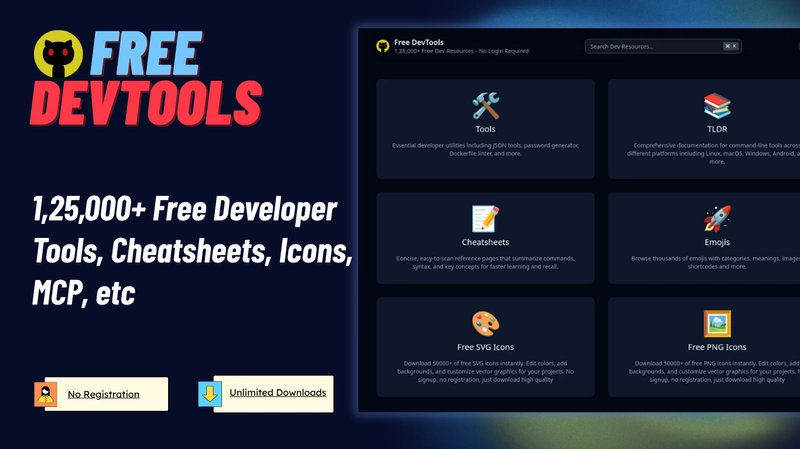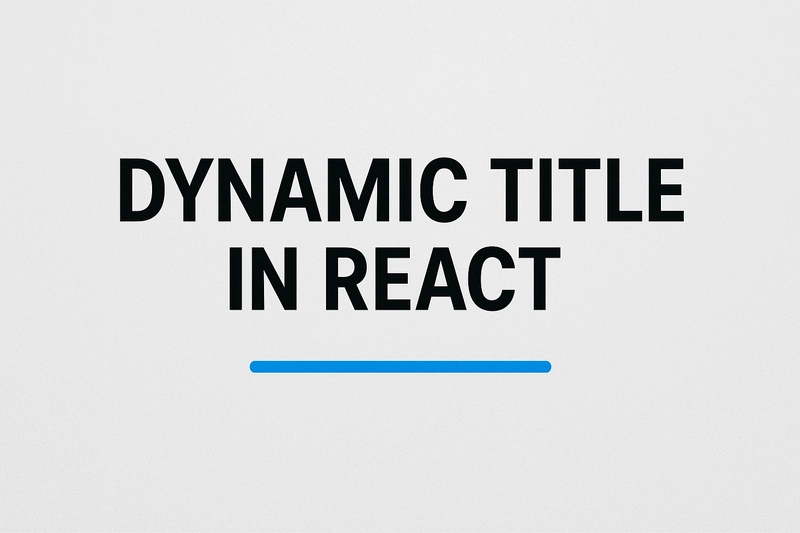My last few posts dove deep into the weeds of concurrency (race conditions) and system scalability. Now, let’s talk about the engine under the hood: Go’s memory management.
Go’s Garbage Collector is fantastic, concurrent, non-generational, and designed for low latency. But even the best GC uses CPU cycles and causes brief “Stop The World” pauses, which can be significant in latency sensitive, high throughput applications.
The best GC is the one that has nothing to do. We can dramatically reduce GC overhead by minimizing the rate at which we create temporary objects on the heap.
On this post we will go through
- How Stack vs Heap allocation impacts performance
- Escape analysis and how to keep data on the stack
- Practical strategies:
sync.Pool, pre-allocation, and avoiding goroutine leaks - When and how to tune GC settings in production environments
1. The Foundation: Stack and Heap Explained 🧠
Before we dive into optimization, let’s establish where your data lives in memory.
The Stack (Fast and Predictable)
The Stack is a small, highly organized region of memory that operates on a Last-In, First-Out (LIFO) principle like a stack of plates.
It stores data with a known, short lifetime: local variables, function arguments, and return values. When a function is called, its data is pushed onto the stack. When it returns, that data is instantly popped off and freed.
GC Impact: Zero. The Garbage Collector never touches the stack. This makes stack allocation incredibly cheap and fast.
The Heap (Dynamic and Garbage Collected)
The Heap is a large, unstructured pool of memory shared across all Goroutines.
It stores data whose lifetime or size can’t be determined at compile time: slices, maps, channels, large structs, or any variable that “escapes” its function scope (more on this in a moment).
GC Impact: High. The Garbage Collector must periodically scan the heap, mark live objects, and sweep away garbage. Every heap allocation adds work for the GC.
The Key Insight
| Location | Characteristics | Managed By | GC Impact |
|---|---|---|---|
| Stack | LIFO, fast, fixed size. Holds local variables and function data. | Automatically freed on function return. | Zero GC pressure. |
| Heap | Dynamic, grows indefinitely, globally accessible. | Garbage Collector must mark, scan, and sweep. | High GC pressure. |
Our goal: Keep as much data on the stack as possible.
2. The Allocation Battle: Stack vs. Heap 🧠
The root of GC pressure lies in where our data lives.
Our primary goal is to convince the Go compiler to keep variables on the stack through a process called Escape Analysis.
The Compiler’s Escape Analysis
Escape analysis is an optimization performed by the Go compiler. It determines whether a variable created inside a function must “escape” to the heap (meaning its lifetime is unknown or extends beyond the function’s return) or can safely remain on the stack.
You can check if a variable escapes using the compiler flag:
go build -gcflags="-m" your_package/main.go
Here is an example:
// BAD: Forces heap allocation
func CreateUser() *User {
user := User{Name: "Alice"}
return &user // 'user' escapes to heap
}
// GOOD: Stays on stack (if User is small)
func CreateUser() User {
return User{Name: "Alice"} // Returns by value
}
Common Escape Triggers:
-
Returning a Pointer:
If you return the address of a local variable(return &T{...}), that variable must escape to the heap so it remains valid outside the function. -
Assigning to an Interface:
Storing a concrete type in an interface variable often forces an allocation, as the compiler can’t predict the interface’s dynamic behavior (interface boxing). -
Large Slices/Arrays:
While the exact thresholds vary, very large slices (e.g., >64KB) or arrays (e.g., >10MB) are typically moved to the heap, even if they’re local.
Actionable Tip: Favor value types and avoid unnecessary pointers for small structs. Pass small structs by value to keep them stack allocated where possible.
2. Practical Strategies to Reduce Allocations 🛠️
Once you’ve tuned your code to keep variables on the stack, the next step is to reduce the churn of objects that must be heap-allocated.
Strategy A: Object Pooling with sync.Pool
The sync.Pool package is your best friend for reusable, temporary objects that are expensive to create but short-lived. This is perfect for objects like large buffers or structs used within an I/O loop (e.g., network handlers, log messages).
Instead of letting the GC constantly clean up temporary buffers, we reuse them:
import (
"bytes"
"sync"
)
var bufferPool = sync.Pool{
New: func() interface{} {
// Creates a new buffer only when the pool is empty
return new(bytes.Buffer)
},
}
func ProcessRequest(data []byte) {
// 1. Get a buffer from the pool (avoids heap allocation)
buf := bufferPool.Get().(*bytes.Buffer)
buf.Reset() // Important: clear previous contents
defer bufferPool.Put(buf) // 3. Return it to the pool when done
// 2. Use the buffer (e.g., to build a response)
buf.Write(data)
// ...
}
By reusing a buffer from the pool, you bypass the entire allocation process and, crucially, avoid generating garbage for the GC.
When to Use sync.Pool:
When you have high frequency, temporary objects (request handlers, temporary buffers)
Objects that are expensive to allocate (large structs, byte slices)
NOT for long lived objects or connection pools (use dedicated pooling for those).
Strategy B: Pre-allocate Maps and Slices
Slices and maps are dynamic, which means they often require reallocation and copying when they grow beyond their current capacity. This constant resizing creates GC work.
If you know the expected size, pre-allocate using make() with a capacity hint:
// BAD: Requires re-allocation and garbage collection as it grows
// data := make([]int, 0)
// GOOD: Single allocation for 100 elements, zero GC pressure during appends
data := make([]int, 0, 100)
For maps, this practice minimizes hash collisions and subsequent internal restructuring:
// GOOD: Pre-allocate space for 50 items
users := make(map[string]User, 50)
The Impact:
Without pre allocation, a slice that grows from 0 to 1000 elements will trigger approximately 10 reallocations (Go roughly doubles capacity each time).
Each reallocation means:
- Allocating new, larger backing array
- Copying all existing elements
- Marking old array as garbage
Pre allocation eliminates all of this.
Strategy C: Minimize Goroutine Leaks
While not strictly a “memory allocation” issue, leaked goroutines are a major source of memory leaks in Go. A goroutine that’s blocked forever retains the memory of its entire stack, preventing the GC from reclaiming it.
Always manage the lifecycle of concurrent operations, especially with I/O or background workers, typically using the context package:
func worker(ctx context.Context, jobs <-chan Job) {
for {
select {
case <-ctx.Done():
// Safely exit, allowing stack memory to be reclaimed
fmt.Println("Worker shutting down.")
return
case job := <-jobs:
// Process the job
processJob(job)
}
}
}
Common Leak Patterns:
Goroutines waiting on channels that never receive data
HTTP requests without timeouts
Background workers without shutdown signals
Debugging Tip: Use runtime.NumGoroutine() and track the count over time. If it grows unbound, you have a leak.
3. Controlling the GC (Container Tuning) 🐳
For the majority of applications, you should leave Go’s GC settings alone. However, in high-performance or resource-constrained environments (like containers), manual tuning becomes essential.
The Old Way: Relative Tuning with GOGC
The GOGC environment variable controls how much the heap must grow relative to the live heap before GC is triggered (default is 100%).
The Problem: In high-memory applications, if you have a 4GB live heap on a 6GB machine, the default GOGC=100 means the GC won’t trigger until the heap reaches 8GB (4GB × 2). This immediately exceeds your physical limit, leading to an OOM kill by the kernel.
You were forced to use low GOGC values (like GOGC=25) to stay safe, which caused the GC to run too frequently and waste CPU cycles.
The Game Changer: Absolute Limits with GOMEMLIMIT (Go 1.19+)
The GOMEMLIMIT environment variable sets a soft memory cap for the entire process (heap + non-heap memory). This is the modern solution for containerized and memory-intensive applications.
By setting this limit (e.g., GOMEMLIMIT=4GiB), you tell the Go runtime to:
-
Pace proactively: The GC automatically adjusts its aggressiveness. When the live heap is small, GC runs rarely (conserving CPU). As total memory usage approaches the limit, the GC becomes highly aggressive (sacrificing CPU for safety).
-
Prevent OOM kills: It gives the GC a target to stay under, ensuring the memory scheduler is driven by an absolute limit, not just relative heap growth. This allows you to utilize available memory more efficiently without constantly fearing the kernel OOM killer.
Understanding the Trade-offs
Memory vs. CPU:
Lower memory limit (or lower GOGC) = More frequent GC = Higher CPU usage, lower memory footprint
Higher memory limit (or higher GOGC) = Less frequent GC = Lower CPU usage, higher memory footprint
Kubernetes Context:
In Kubernetes, the OOM killer operates at the container level. If your pod has a memory limit of 4GB but you don’t set GOMEMLIMIT, the Go runtime has no visibility into this constraint. The GC will happily let the heap grow until the kernel kills your process. Always set GOMEMLIMIT to ~90% of your container’s memory limit. This leaves a safe buffer for OS and non-heap Go runtime allocations.
GOMEMLIMIT=3500MiB ./your-service
Friendly Tip: If your application is CPU-bound and produces minimal garbage, combine GOMEMLIMIT with GOGC=off. This maximizes CPU usage for application logic, forcing GC to run only when the absolute memory limit is approached.
Final Thoughts: Measure, Don’t Guess 📊
Before you apply any of these optimizations, you must profile your application.
Go’s built-in pprof tool via net/http/pprof is indispensable. It lets you generate profiles for CPU usage and, most importantly for this topic, heap allocation. Use it to pinpoint the exact lines of code responsible for the highest allocation rate.
import "net/http/pprof"
func main() {
go func() {
log.Println(http.ListenAndServe("localhost:6060", nil))
}()
// Do something
http.HandleFunc("/api/users", getUsersHandler)
log.Fatal(http.ListenAndServe(":8080", nil))
}
Then access profiles at:
http://localhost:6060/debug/pprof/heap – Memory allocationshttp://localhost:6060/debug/pprof/goroutine – Active goroutineshttp://localhost:6060/debug/pprof/profile?seconds=30 – CPU profile
Optimization is a loop:
- Measure
pprof. - Identify the top allocation site.
- Optimize (e.g., use
sync.Pool, pre-allocate, or simplify data structures). - Verify (re-measure to confirm GC pressure is reduced).
Key Metrics to Watch:
- Alloc/s (allocations per second) – Lower is better
- GC Pause Time – Should be <1ms for most applications
- Heap Size – Should stabilize, not grow unbound
- GC Frequency – Fewer cycles = less overhead
By eliminating unnecessary heap allocations, you’ll see faster execution, fewer GC pauses, and a more robust high-load Go application.
Wrapping Up
Memory management in Go isn’t black magic, it’s a systematic process of understanding where your data lives and making conscious decisions about allocation patterns.
The key takeaways:
- Stack allocations are free, heap allocations cost CPU cycles
- Profile before optimizing
pprofis your best friend - In production containers, always set
GOMEMLIMITto avoid OOM kills - Use
sync.Poolfor high-frequency temporary objects - Pre-allocate when you know the size
Start small: profile your hottest code paths, identify the top allocators, and apply these techniques incrementally.
You don’t need to optimize everything, focus on what matters.



